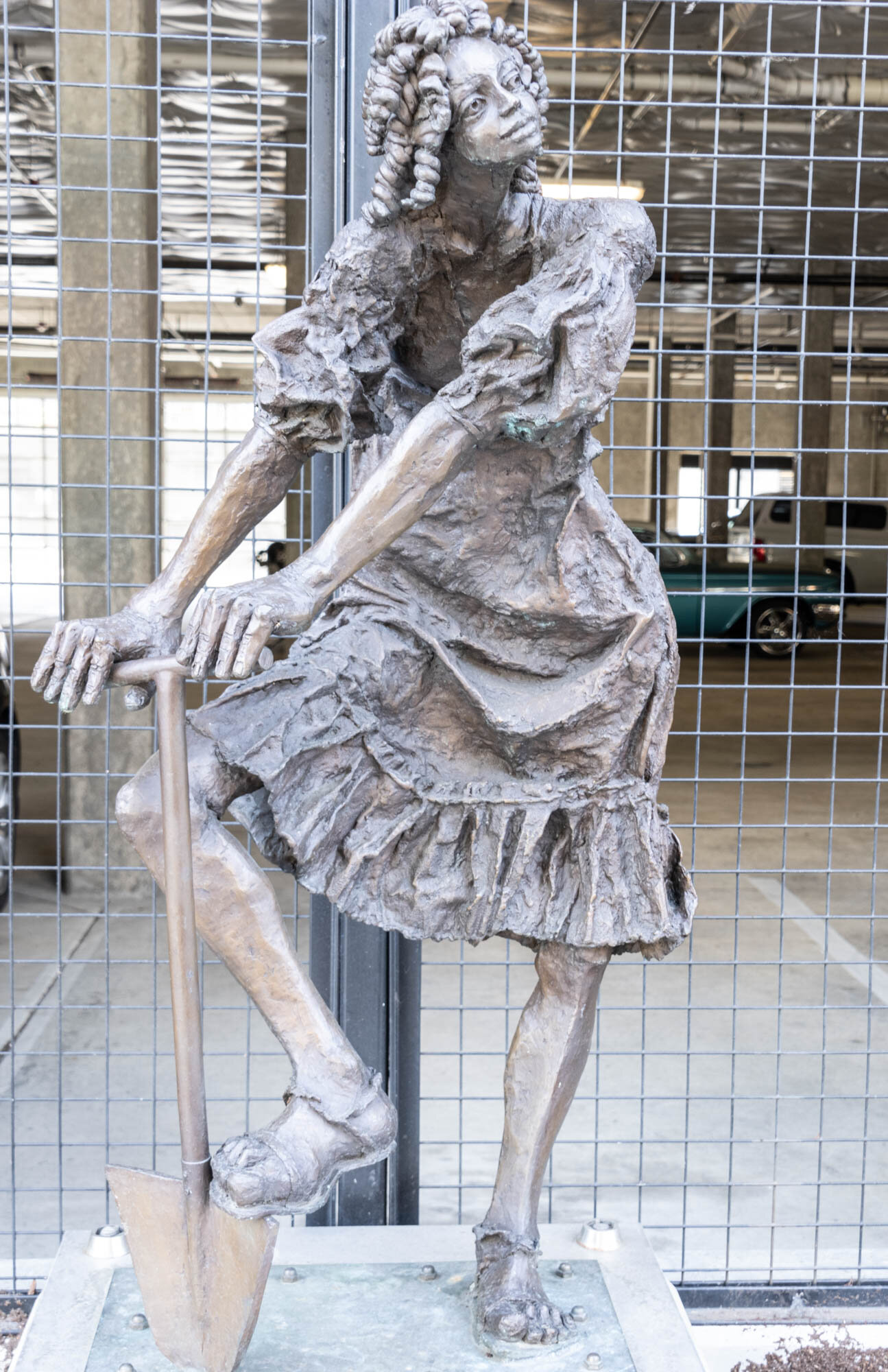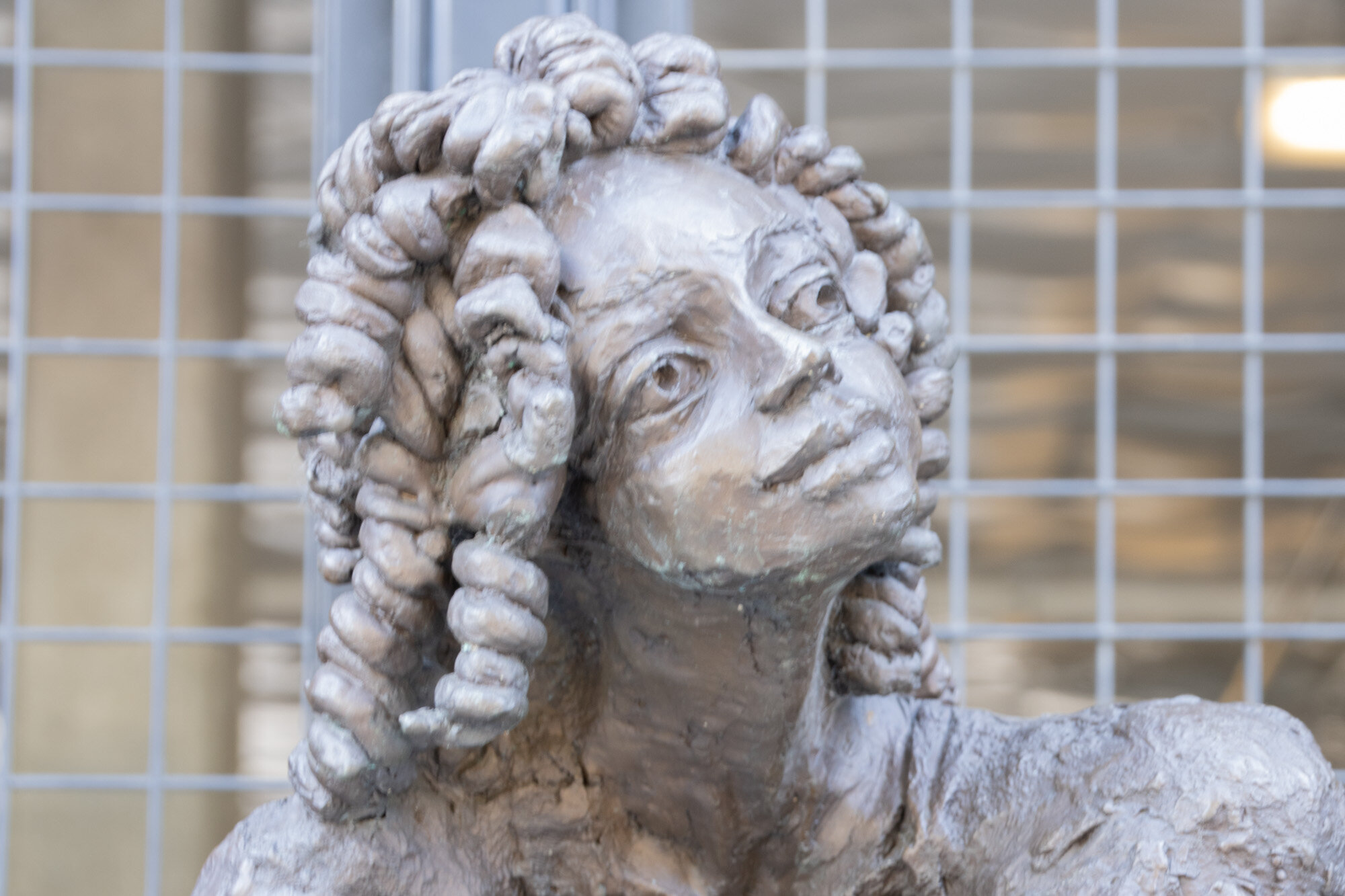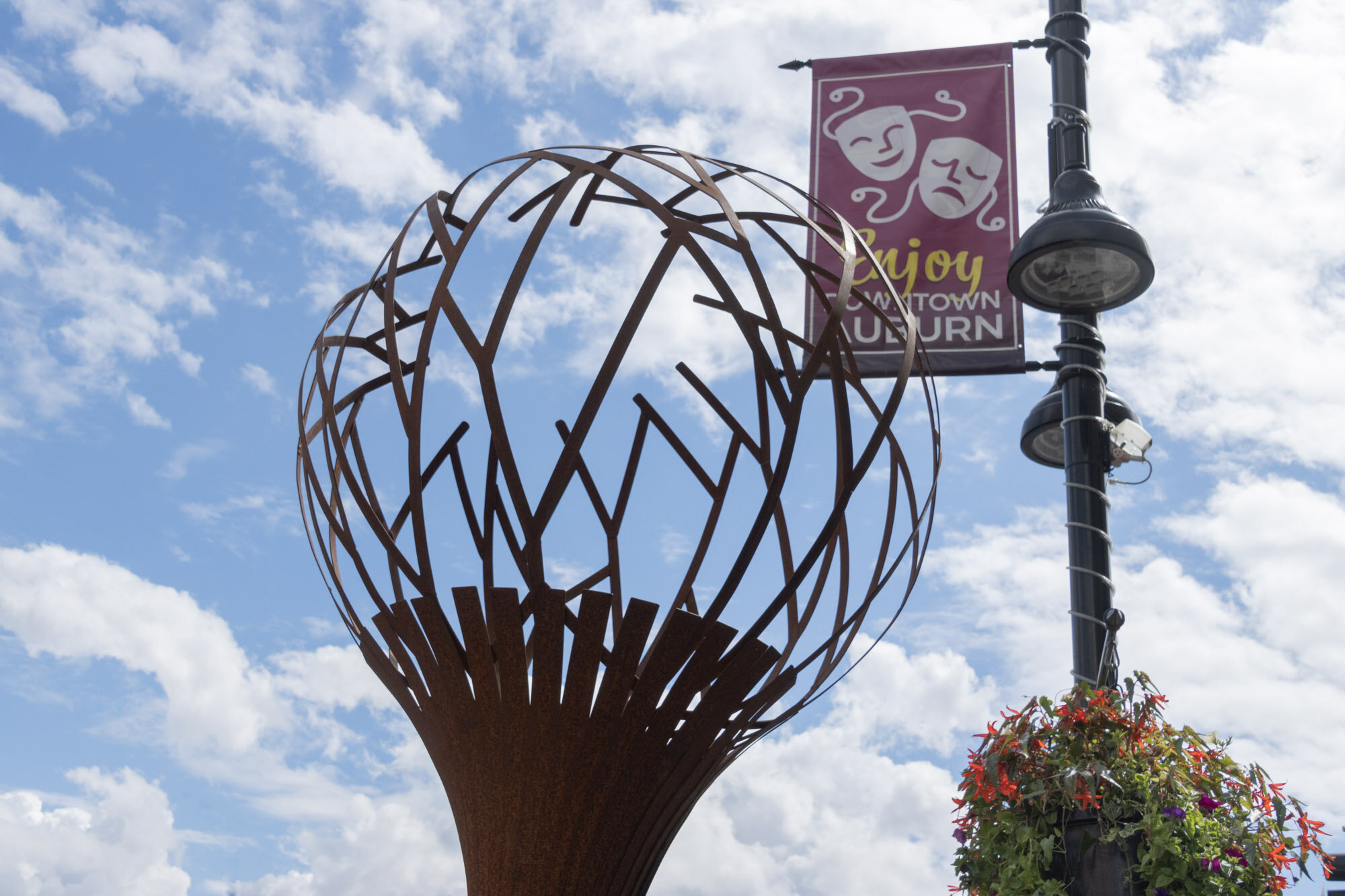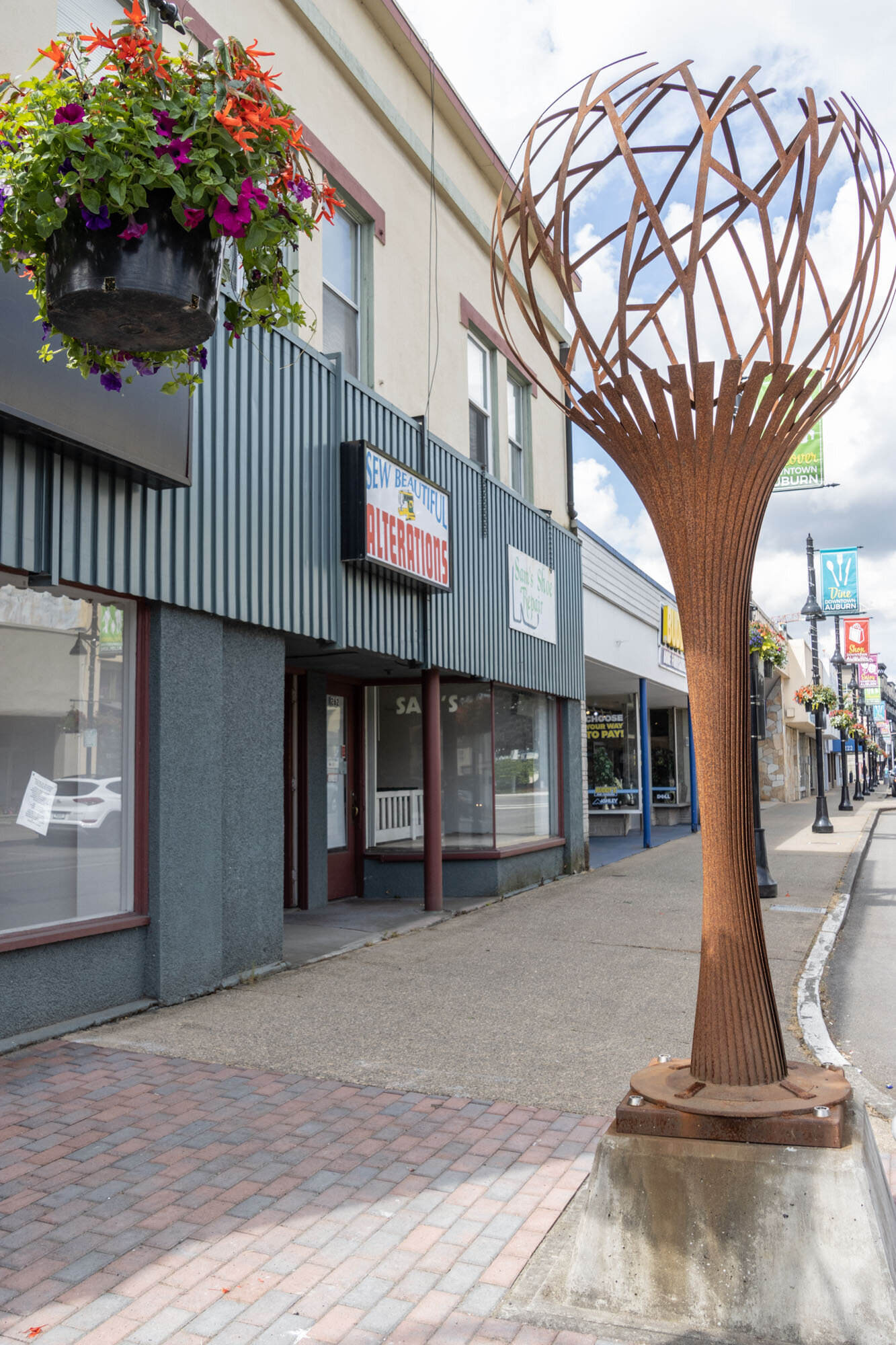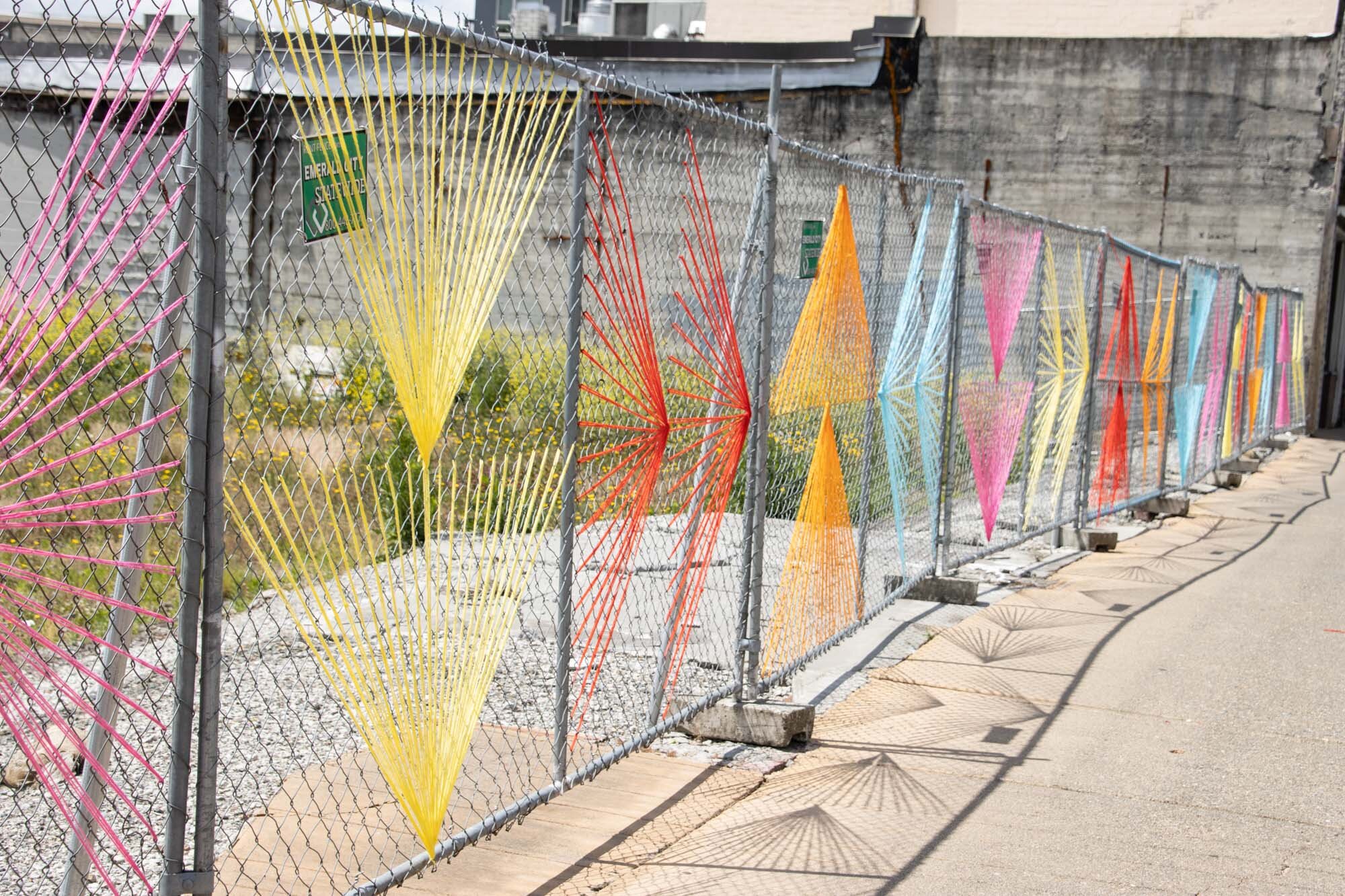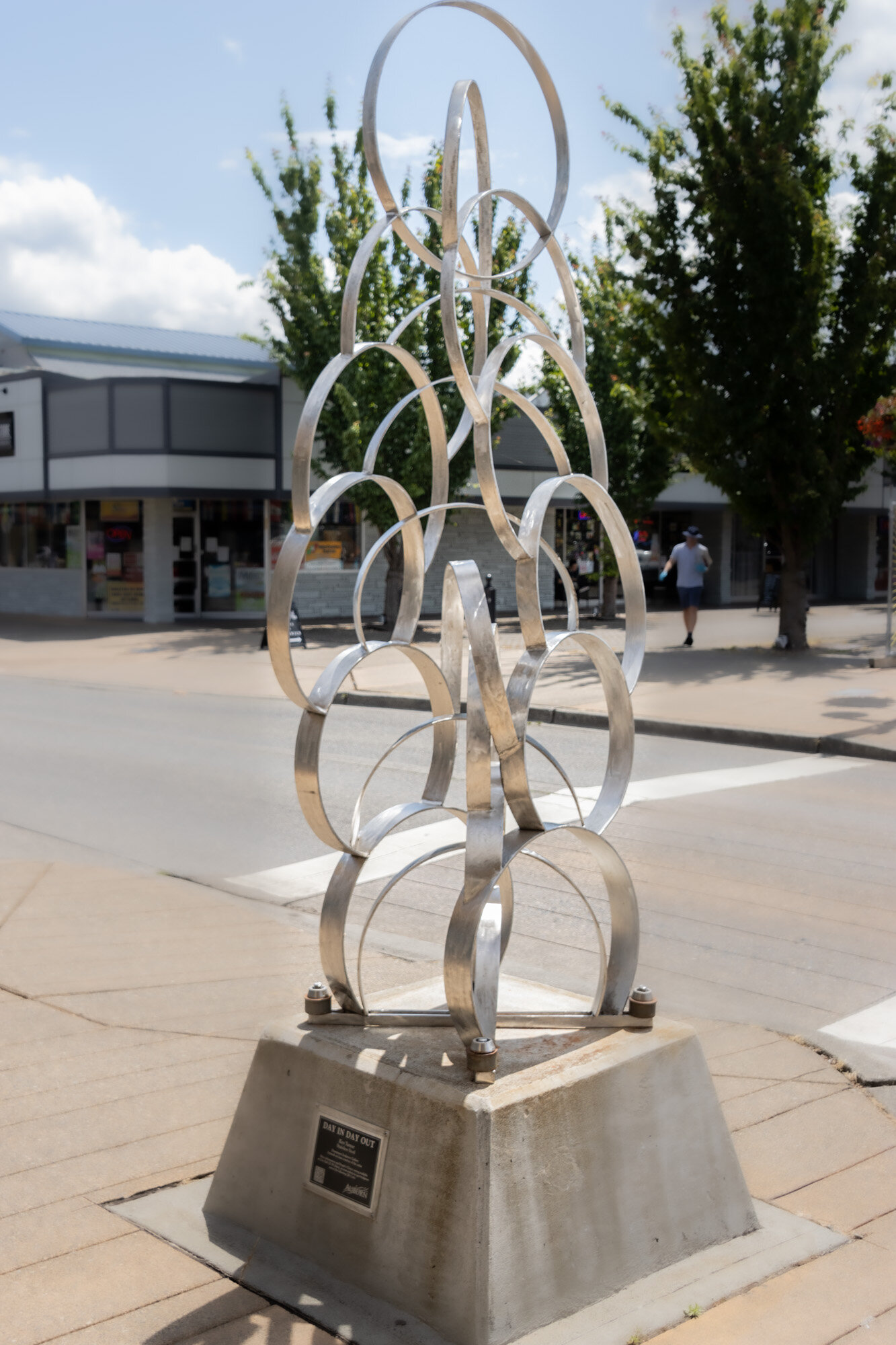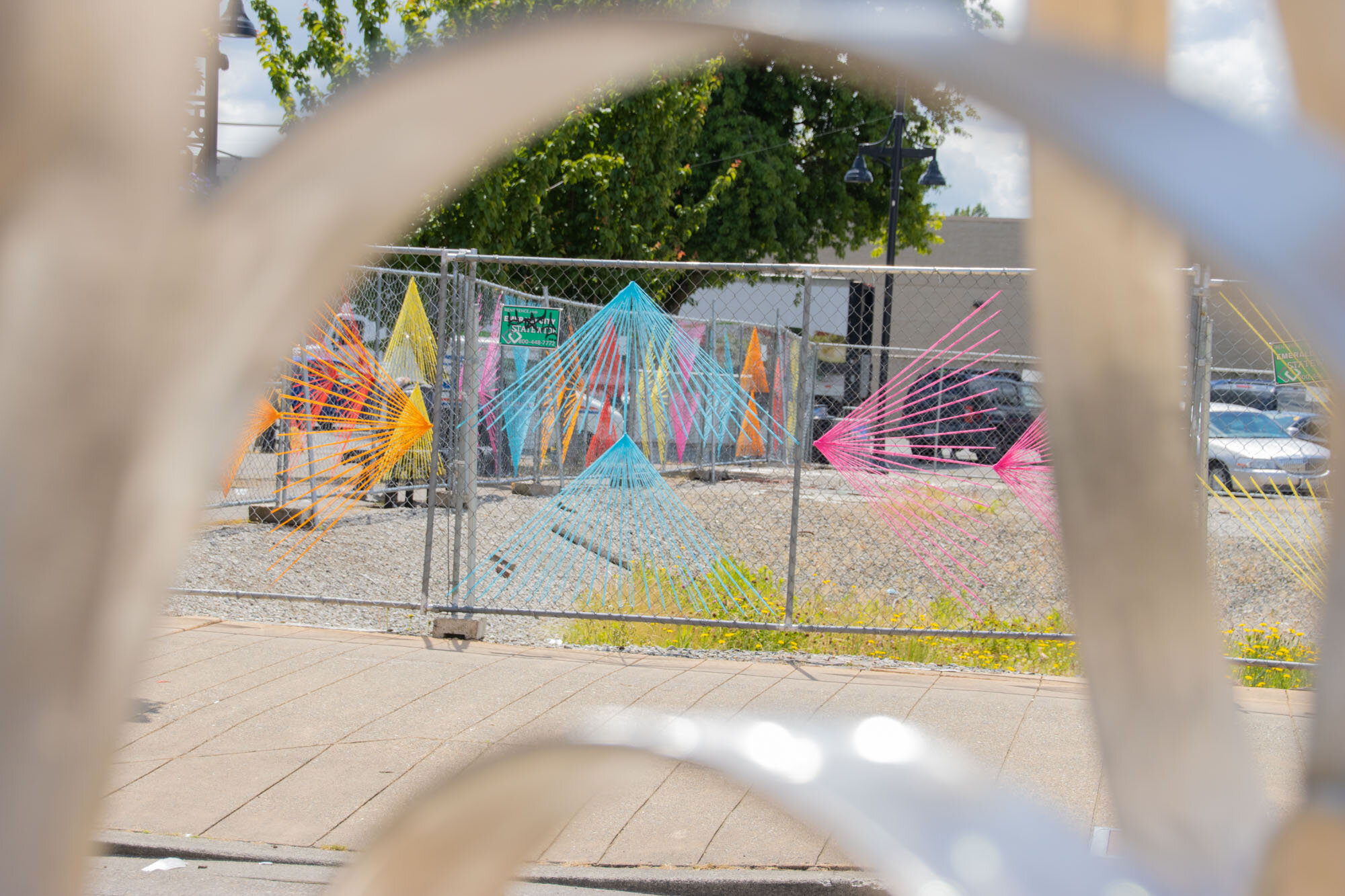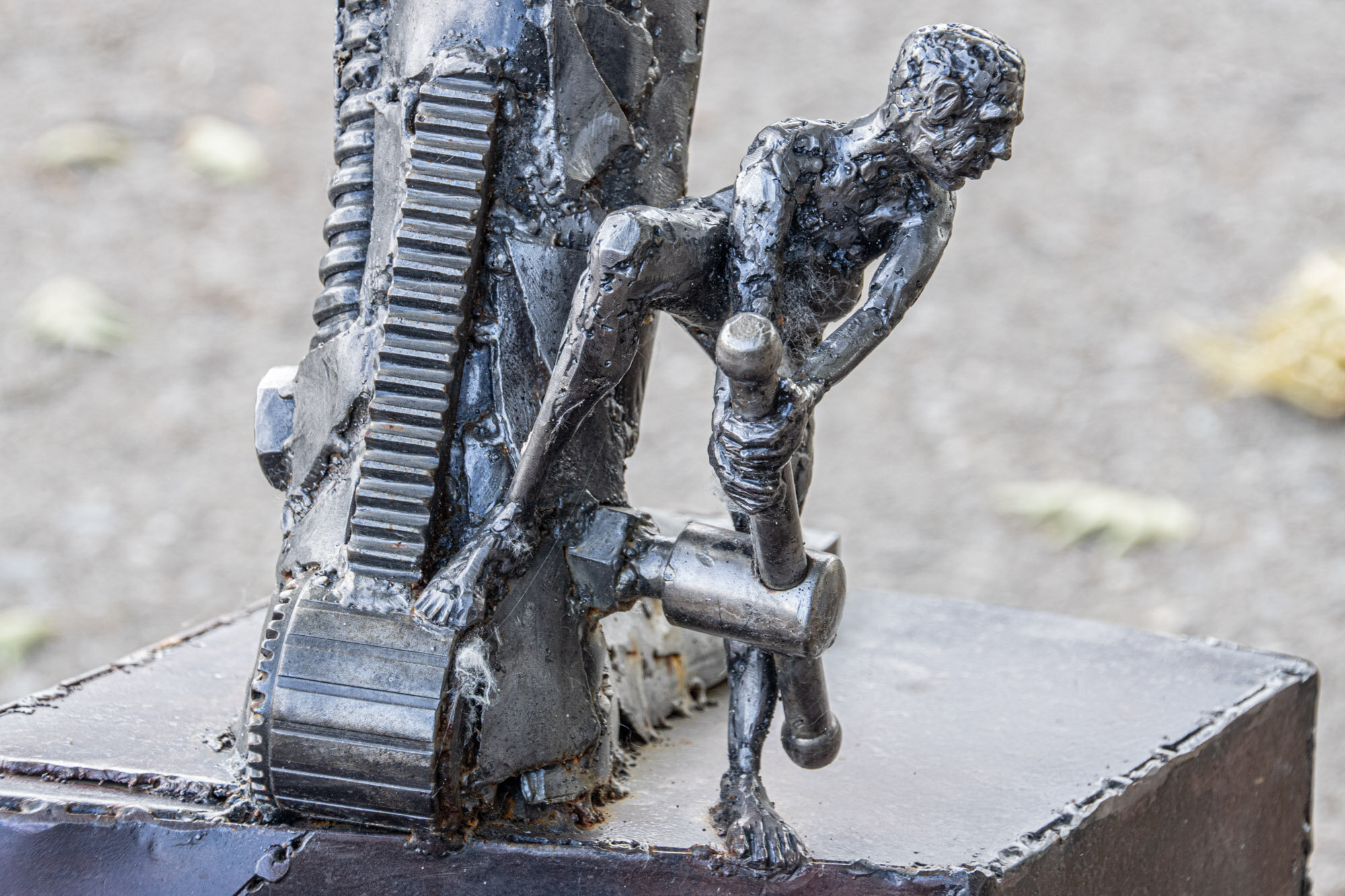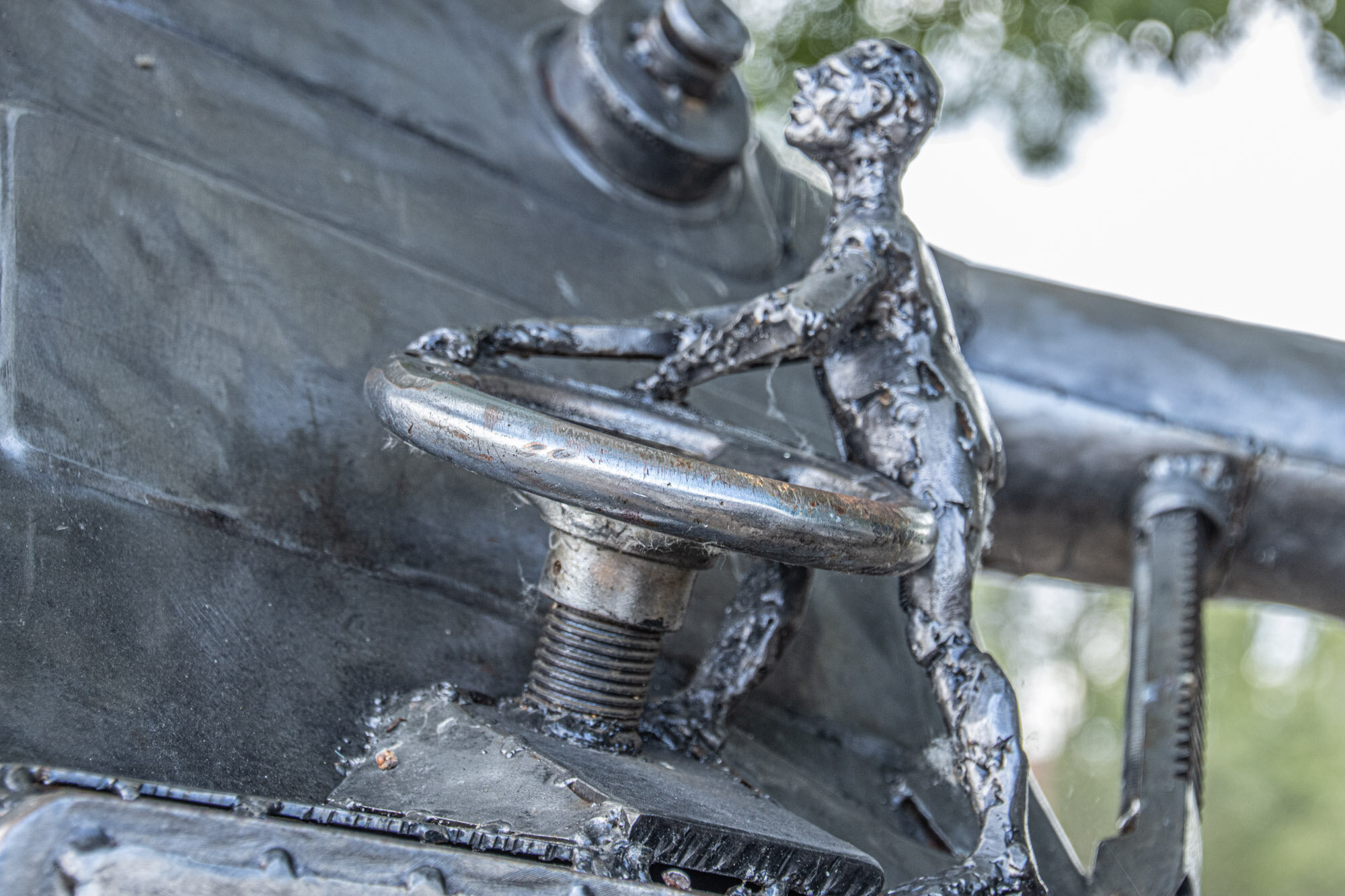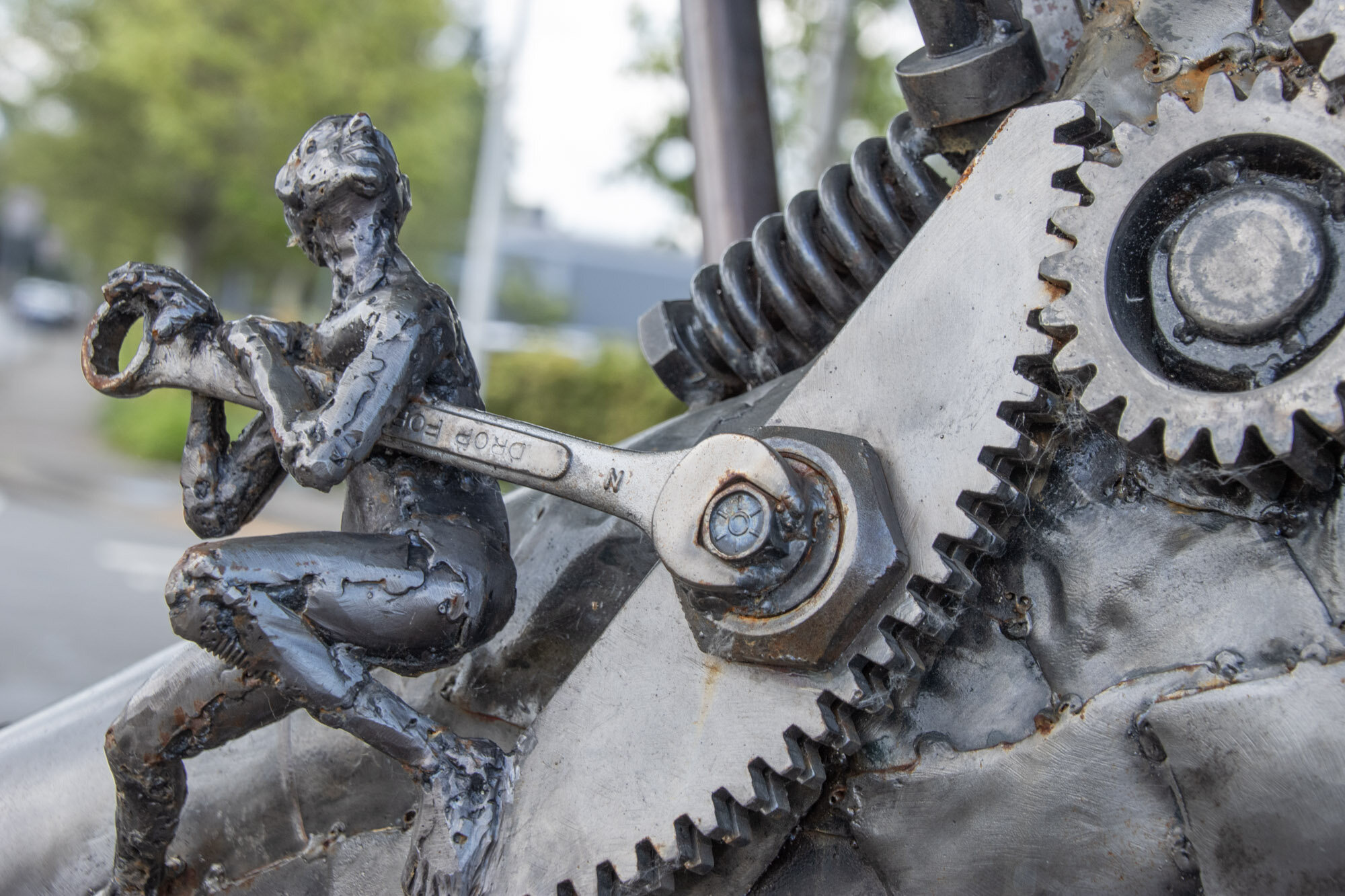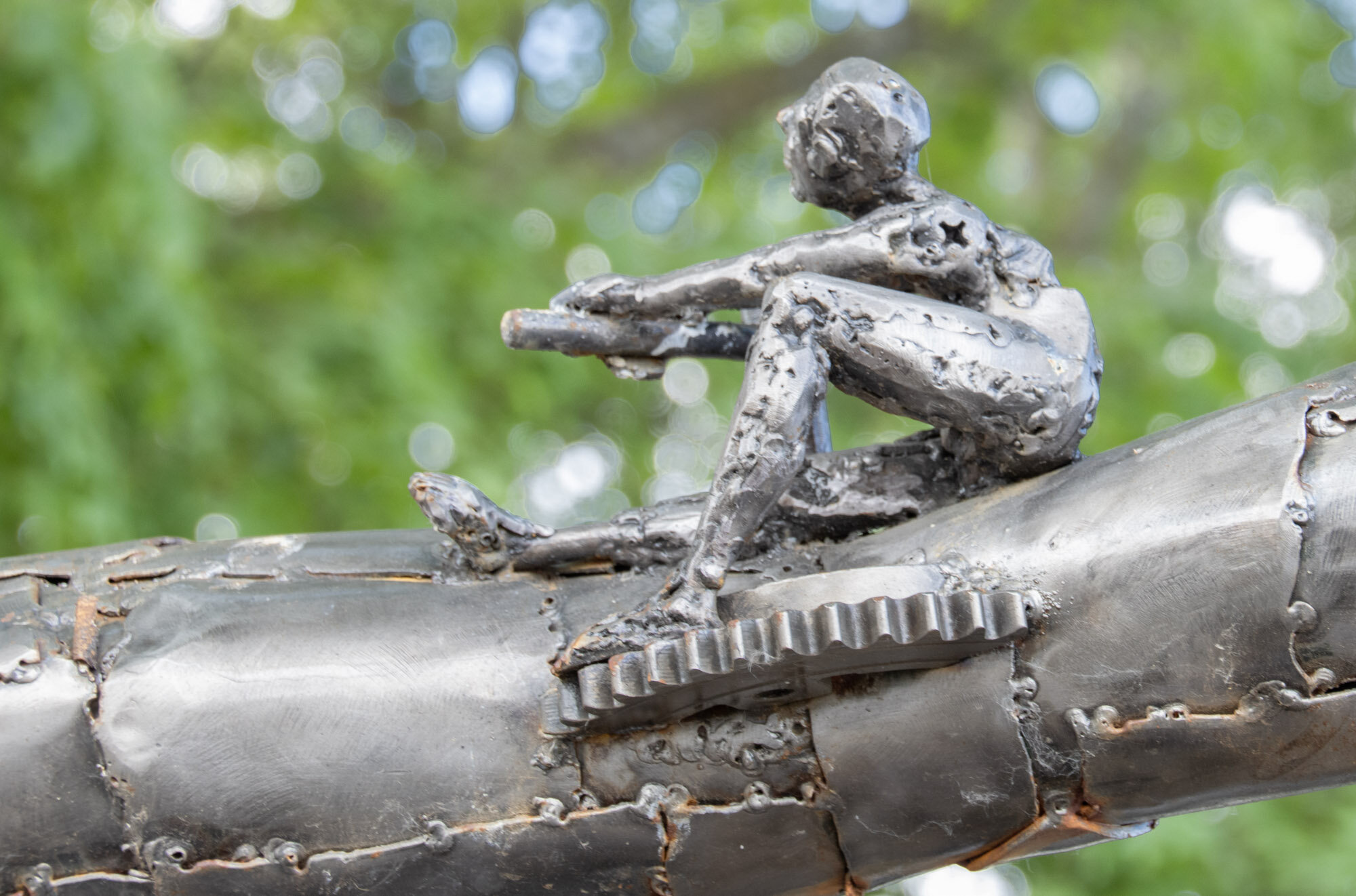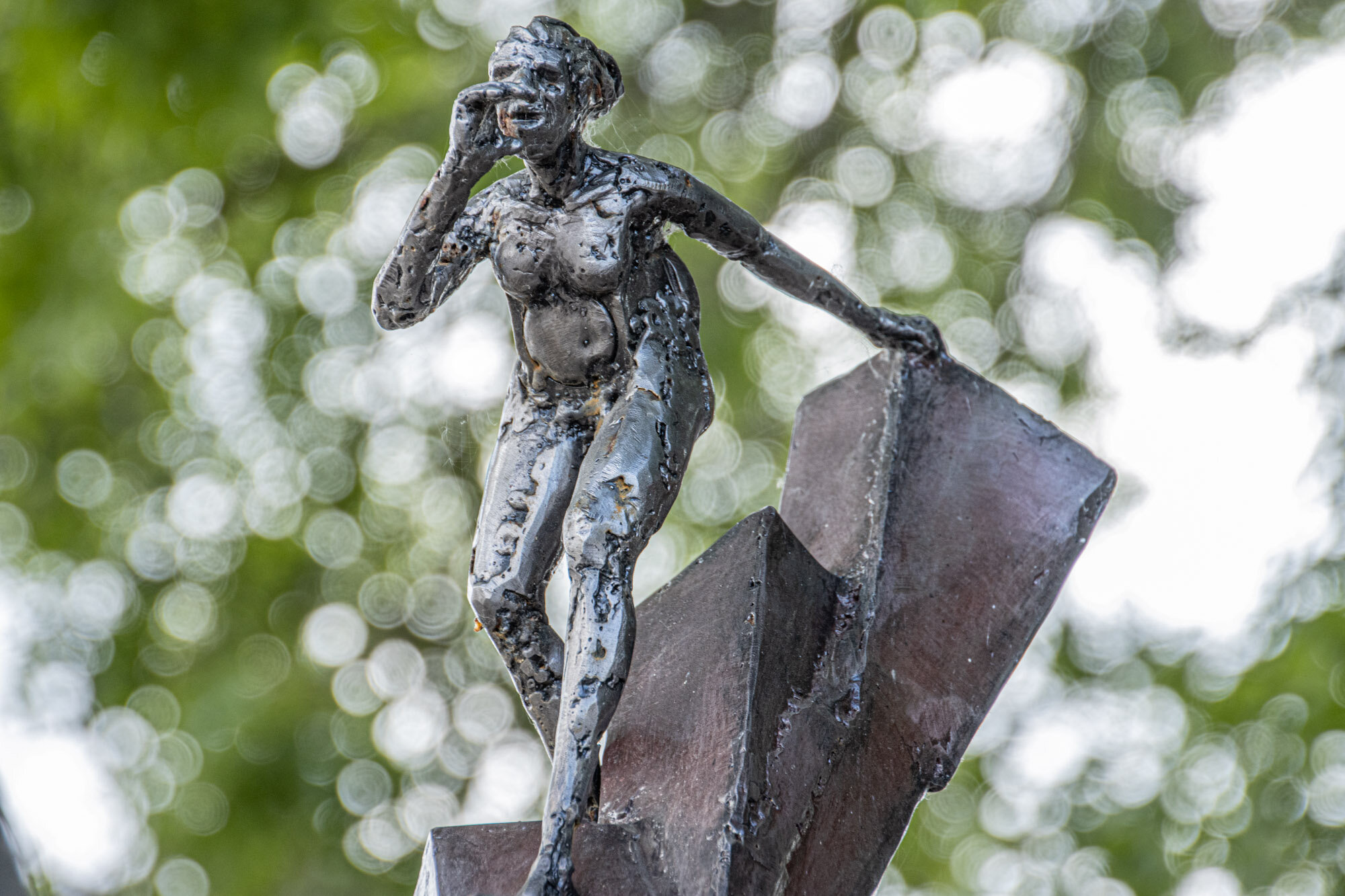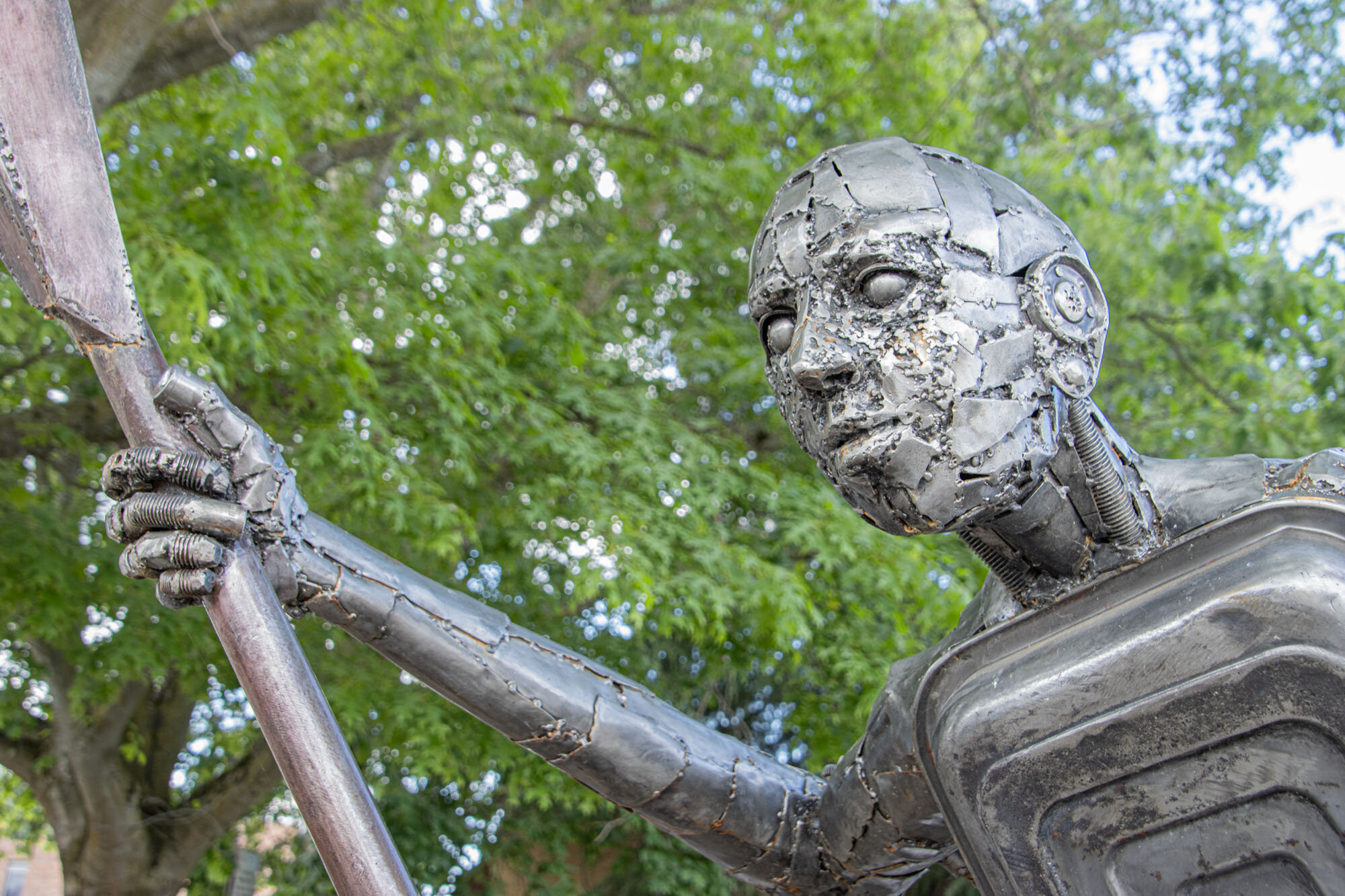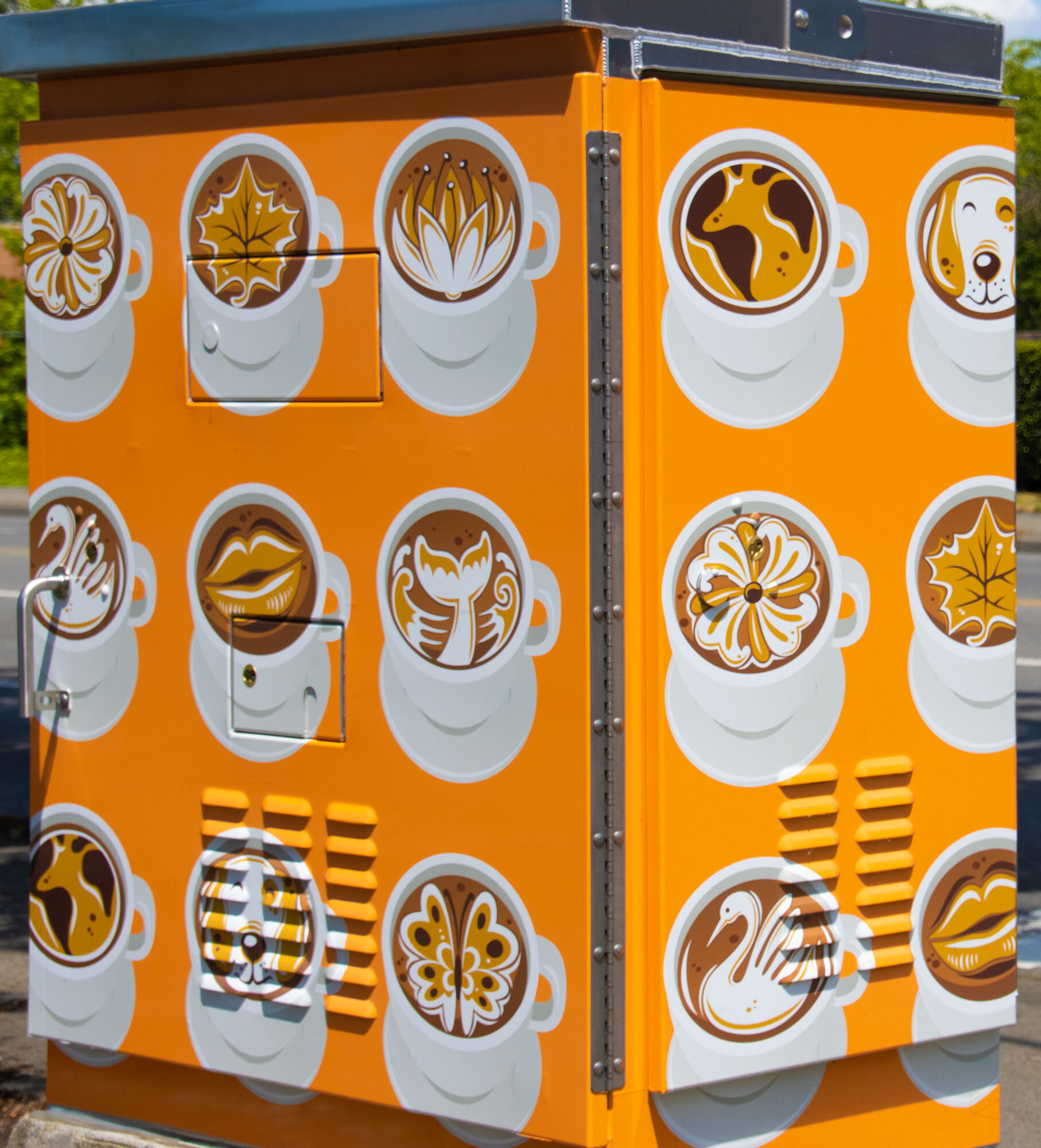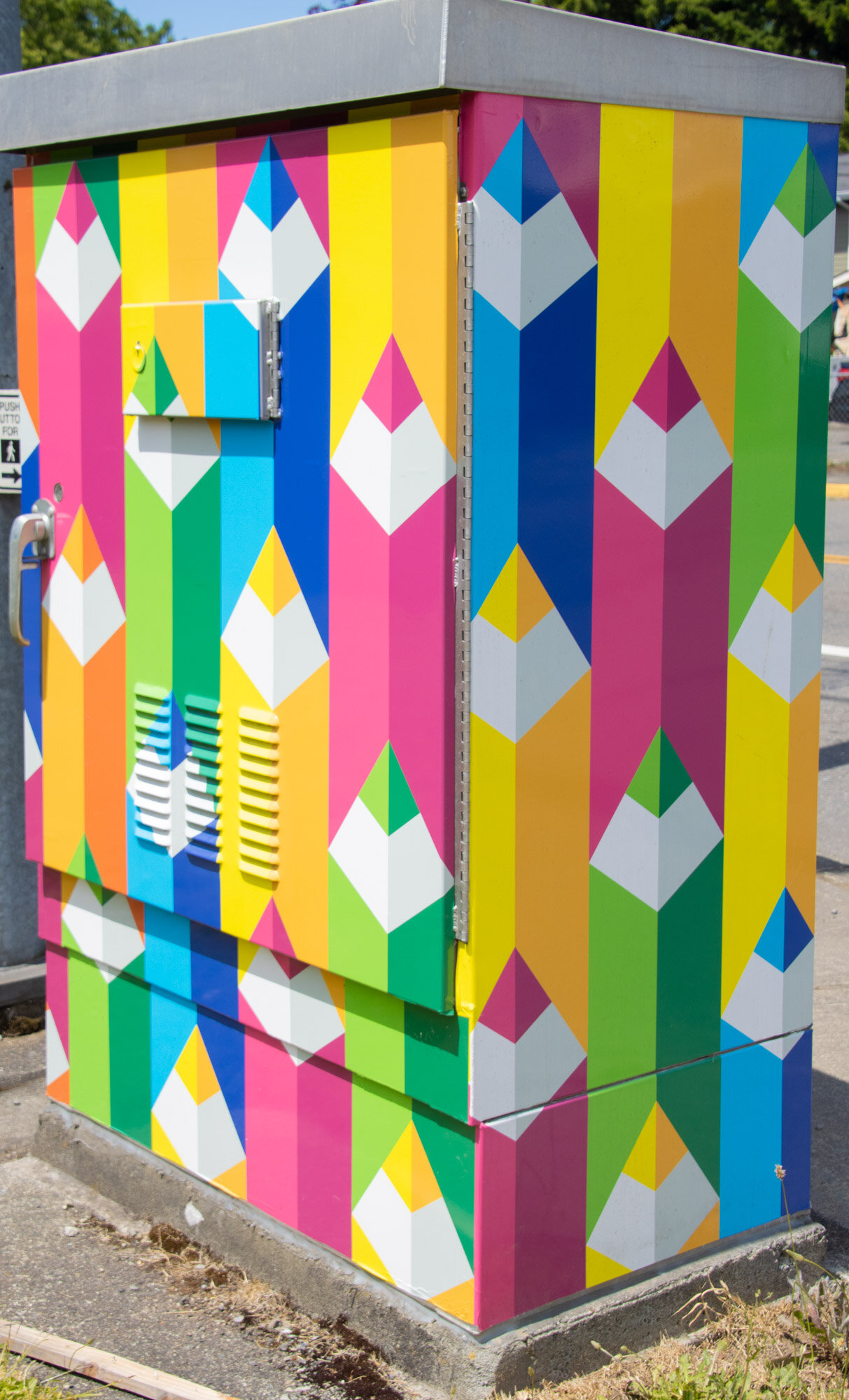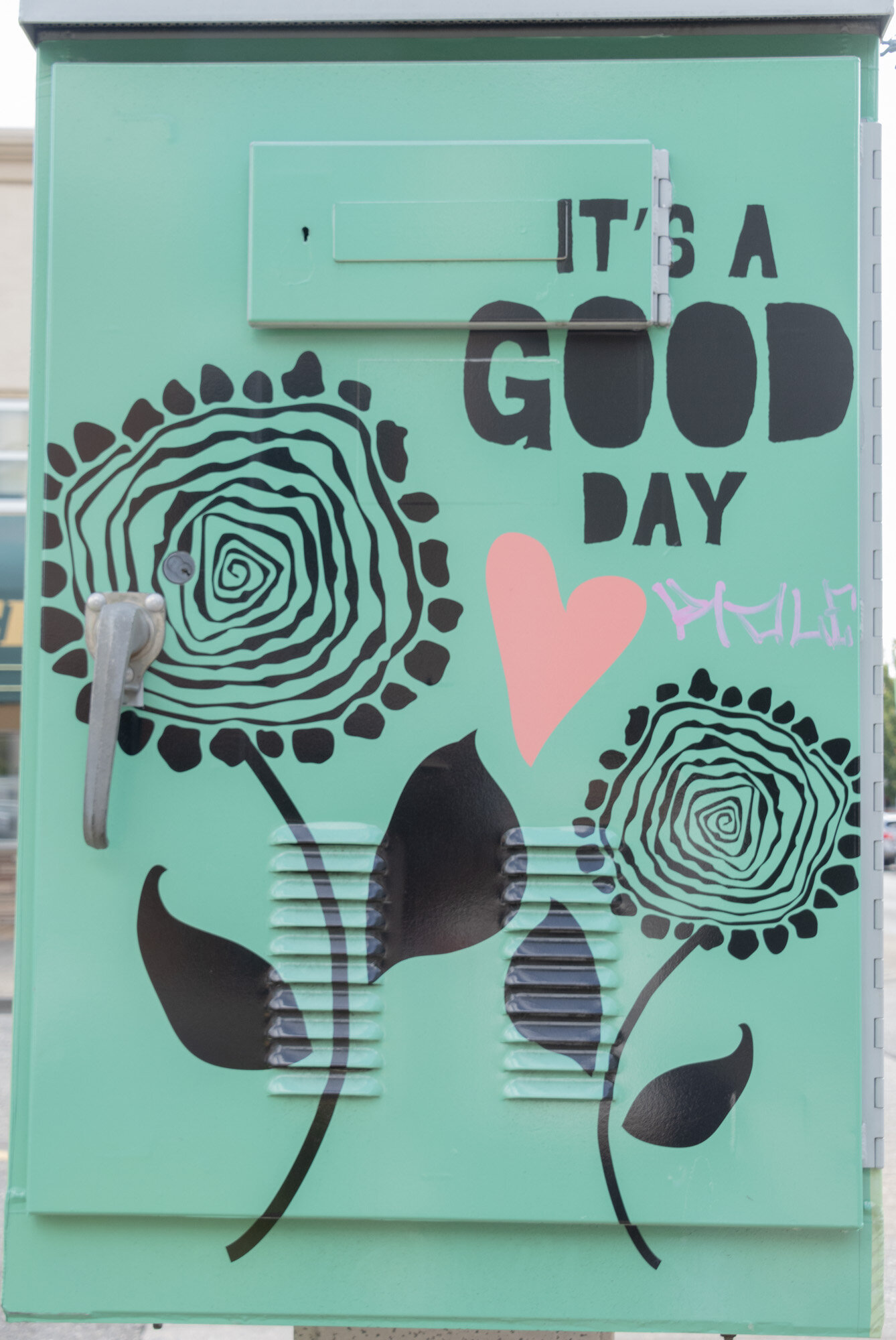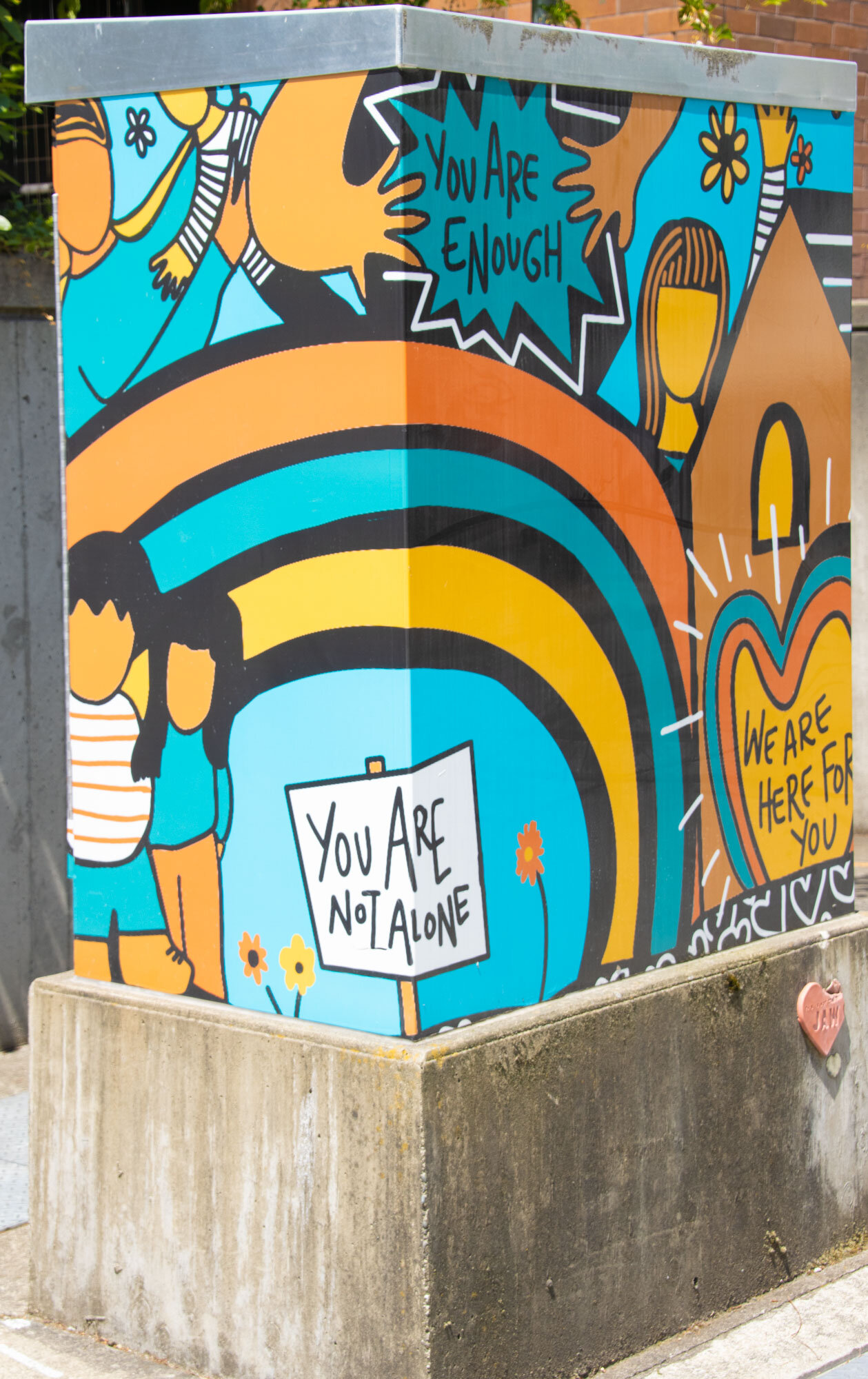Auburn’s Public Art
Auburn, Washington is not a place I would think of as a public arts community. When I had my consulting business in the 1980’s and 90’s I had several clients in that town, but I never gave much thought about its place in the field of visual arts.
Auburn had been populated by three Native tribes, the Skopamish, Smalhkamish, and Stkamish, for thousands of years. Settlers began arriving in 1850 and although treaties had been signed between Natives and the United States throughout the Puget Sound area, these tribes were reluctant to give in to the agreements, and in October of 1855 they decided to retaliate. They started an ambush that was the beginning of what was known as the Treaty Wars west of the Cascades. In November a unit was dispatched from Fort Steilacoom, led by Lieutenant William Slaughter, who was eventually killed in a raid. Eventually a new treaty was signed establishing the Muckleshoot reservation where the tribes eventually settled, and together they became known as the Muckleshoot tribe. The city, originally called Slaughter in honor of the lieutenant, was incorporated in 1891. However, as families began to move into the area they were increasingly less comfortable with their home’s name. It was ultimately renamed to Auburn, taken from the first line of Oliver Goldsmith’s poem, The Deserted Village: "Sweet Auburn! Loveliest village of the plain."
I heard about an annual community art project in Auburn called Benchmarks. The City and Green River College Division of Carpentry partnered to provide benches to community organizations to creatively decorate so they could be placed in parks around the city for people to enjoy – either standing up or sitting on them. The Auburn city website showed photos of some of the benches and they looked worth investigating. After unsuccessfully searching for benches at several of the parks I came to the conclusion that they were no longer there. That was confirmed later at which time I learned that the benches done in 2019 had been picked up to be refinished, and project was not completed in 2020 due to Covid. There would be no benches in 2021 but hopefully they will resurface in 2022.
Art in Public Places, is described by the City of Auburn Arts Commission as “the thread that joins art, people and place.” There are multiple projects throughout the city that demonstrates the city’s commitment to public art. One of the projects, the Downtown Sculpture Gallery, is a collection of 11 outdoor sculptures that changes every September. The public votes for their favorites and a $500 People’s Choice Award is given each year. Hear from each of the artists about their creations.
The Guide
Artist: Nathan Robles
Medium: Steel and clear enamel
Location: D Street NE & Main (#10)
Nathan Robles’ sculpture “The Guide” is symbolic of the meaningful relationships that shape who we are. This piece features seven human figures and invites the viewer to consider the interconnections of our lives.
Another creative project the city maintains is the wrapping of public utility boxes. So rather than spending my day exploring park benches, I tracked down many of the sculptures and some of the utility boxes.
Another project was originally called StreetScape but has transitioned to Art on Main, where empty retail spaces on Main Street have enlivened empty storefront windows. Art installations have brought people to Auburn’s historic downtown, not just to enjoy the art, but to shop as well. Other cities, including Bellevue and Mt Vernon have successfully done similar projects.
On a site in Auburn that previously housed XXX Root Beer Drive-In, then the Big Daddy’s Drive In, the City commissioned an artist to create a piece that would bring attention to what was now the Les Gove Park. Along with the the new piece, the City also wanted to retain the awning structure of the drive-in restaurants. Peter Reiquam, an artist who has created many public installations was hired for this job. His creation combines the history of the drive-ins with the crow and fries. Think about what happens to the fries that fall on the ground…. The awning was used to top off a resting and eating area in the park which is also the location of the local farmer’s market. The crow and its fries are 12 ft high and 18 ft wide, and it certainly does attract plenty of attention!!!




